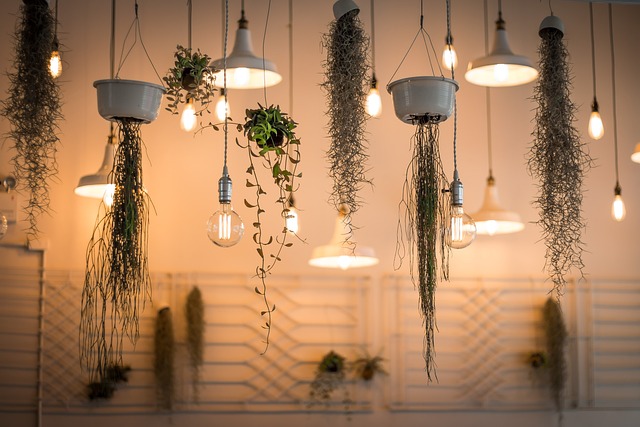As homeowners and designers gravitate toward eco-conscious living, the use of natural materials in home décor has become more than just a trend – it’s a lifestyle. Incorporating elements like wood, stone, linen, and rattan brings warmth, texture, and authenticity to any space. In this blog, we’ll explore creative ways to use natural materials in every room, blending beauty with sustainability to create a timeless, inviting atmosphere.
1. The Power of Wood in Interior Design
Wood is one of the most versatile natural materials, fitting seamlessly into any design style – from Scandinavian minimalism to rustic farmhouse. Use reclaimed wood for furniture, exposed beams, or accent walls to add character and a sense of history. Opt for untreated or lightly finished wood to maintain its natural grain and texture, creating an organic, earthy vibe.
Pro Tip: Mixing different wood tones within a space can add depth without feeling mismatched. Pair lighter oak with darker walnut for a balanced, harmonious look.
2. Incorporating Stone for a Rustic and Luxurious Feel
Stone adds a tactile and grounding element to interiors, making spaces feel anchored and serene. Whether it’s a marble kitchen countertop, a slate fireplace, or a travertine coffee table, stone exudes timeless elegance.
For a more rustic aesthetic, consider stone flooring or exposed brick walls. Pair stone accents with soft textiles like wool or cotton to balance the hardness and create a cozy environment.
3. Linen and Cotton: Softness Meets Sustainability
Textiles are an essential part of home décor, and natural fibers like linen and cotton bring unparalleled softness and breathability. Use linen drapes, cotton throw pillows, and handwoven blankets to introduce texture and warmth.
Neutral tones like beige, cream, and muted greens allow the natural fibers to shine, enhancing the organic aesthetic of the space. Plus, these materials are durable, sustainable, and biodegradable – perfect for eco-friendly homes.
4. Rattan and Wicker for Light and Airy Accents
Rattan and wicker have made a strong comeback, thanks to the rise of bohemian and coastal-inspired interiors. These lightweight materials add an airy feel to spaces, making them ideal for light fixtures, chairs, or baskets.
Styling Tip: Use a statement rattan pendant light above your dining table or in the entryway to create a focal point with a subtle tropical twist.
5. Greenery and Natural Décor Accessories
Bring the outdoors in with potted plants, dried flowers, and botanical prints. Greenery not only purifies the air but also softens harsh lines and adds vibrancy to neutral spaces. For a low-maintenance option, consider preserved moss wall art or eucalyptus branches in ceramic vases.
Plant Recommendations:
- Large Spaces: Fiddle leaf fig, monstera, or rubber tree.
- Small Spaces: Snake plant, pothos, or small succulents.
6. Earthy Tones and Textures
Natural materials pair best with earthy color palettes. Think soft terracotta, deep forest green, warm beige, and charcoal gray. Layering these tones creates depth and warmth, turning your home into a calming sanctuary.
Incorporate textured elements like jute rugs, wool throws, or clay vases to enhance the tactile experience and make the room feel grounded and cohesive.
7. Bamboo and Cork for Sustainable Choices
Bamboo and cork are two of the most sustainable materials available. Use bamboo for flooring, furniture, and even wall panels. Cork, on the other hand, makes for unique and eco-friendly flooring or as a pinboard for home offices. These materials are not only renewable but also lightweight and highly durable.
check our products for more Ideas https://www.casaroja.co/product-category/garden-decor/

